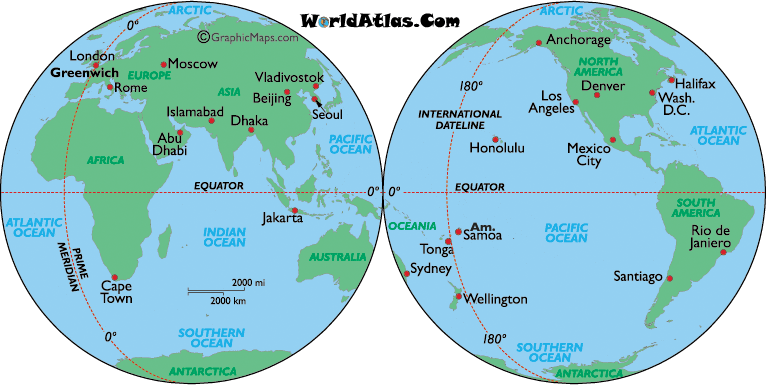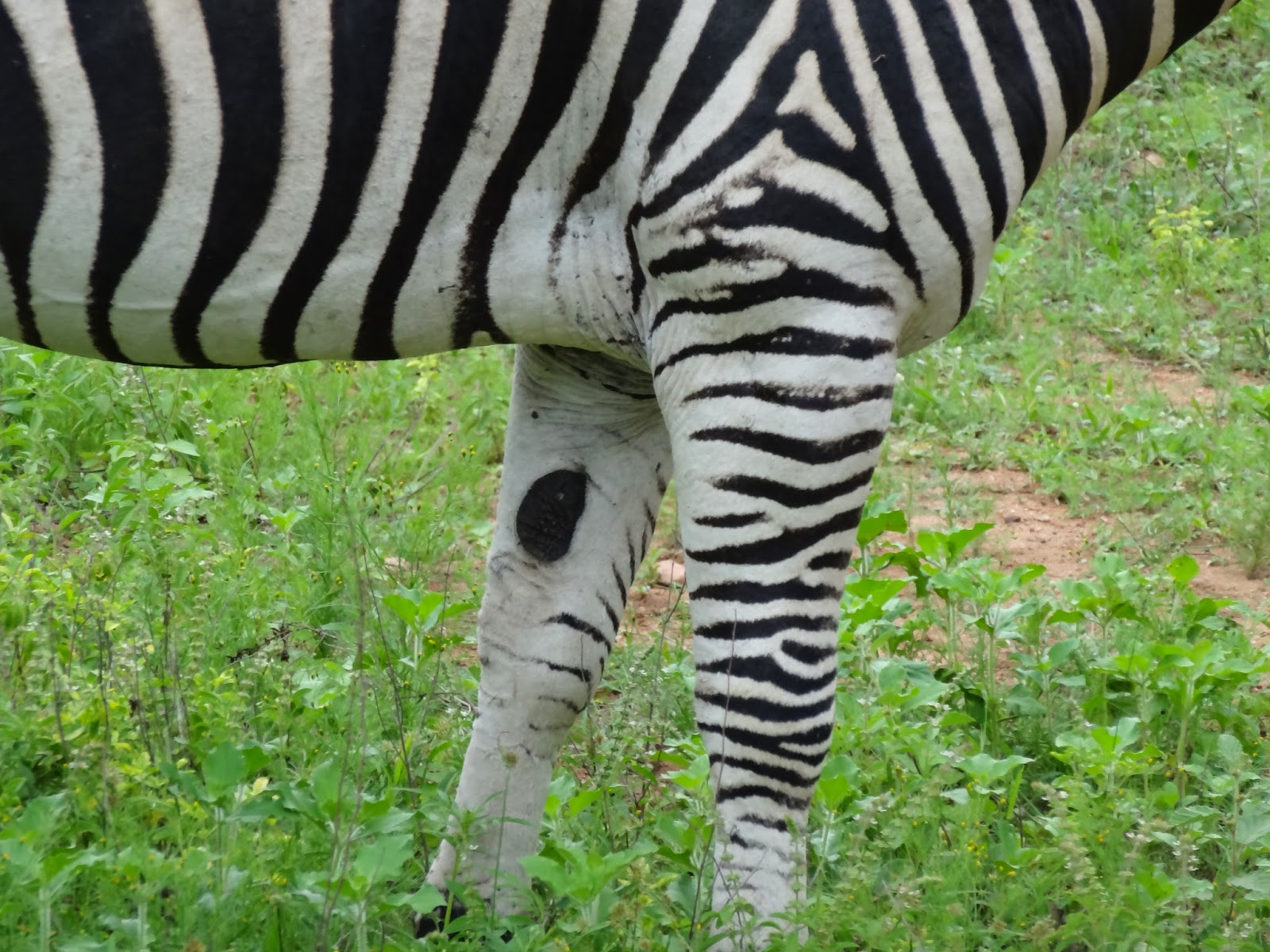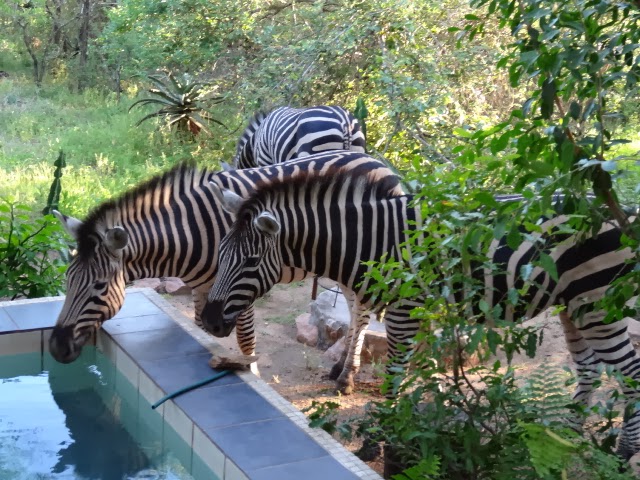 |
| This was one of our favorite sightings of the day, three giraffes drinking together on the Crocodile River. |
“Sighting of the Day in the Bush”
 |
| We’ve posted other photos of hornbills in our bird feeder, but we can’t ever get enough of these pretty birds. |
After uploading the day’s post and busying myself making a special Sunday dinner, I suggested we go for our drive…in this case, a “Sunday drive.” I recall as a kid going for a drive on Sunday afternoons, and it was extraordinary.
I grew up in Long Beach, California (except for two years in Boston). A Sunday drive usually consisted of visiting one of many exceptional beaches on the Pacific Coast Highway.
 |
| The above main photo is from a distance. |
When Tom was a child, typically, his family would drive from Minneapolis to Winsted, Minnesota (72 km, 45 miles) to visit family. It was often too cool to swim in the ocean in the winter months, but the drive and a stop for an ice cream cone were all it took to make the day special. He, too, had some great memories of those days.
Now, as we’ve aged and are “relatively” retired as world travelers, Sundays are just another pleasant day of the week, especially since we’ve re-instituted our old-fashioned Sunday drive.
 |
| Giraffes rarely bend over to the ground other than for drinking. They are highly vulnerable to predators in this position. |
However, a Sunday drive in Marloth Park is like none other anywhere else in the world. As always, Tom washed the little car’s windows since, at times, sightings occur in front of us on the road, and we have no choice but to take photos through the windscreen (windshield in the US).
 |
| A wildlife wonderland. |
We load a newly charged battery in the camera, clean the camera lens with a soft cloth and pack an extra battery in Tom’s pants pocket. We fill our mugs with iced tea, Crystal Lite for Tom, and green tea with cinnamon for me, and we’re off.
Over the past 5½ months, we’ve learned to keep our expectations in check. On occasion, we may see little more than helmeted guinea fowls (of which we have dozens in our garden), impalas, and a variety of baboons and Vervet monkeys.
 |
| Zooming in on this “obstinancy” of cape buffaloes, we see where they got this plural name. They certainly do appear obstinate and, in fact, are referred to as the “Black Death” based on the number of people they kill each year. |
For first-time visitors seeing the above could be most satisfying. But, now, after a total of 8½ months in Marloth Park, including our prior three months in 2013/2014, impalas, although adorable, guinea fowls and monkeys are seldom subjects of photos unless something is exciting transpiring.
As for baboons, which are destructive and may be dangerous, we have no interest in them at all, preferring to stay away as much as possible. The exception may be if a large troupe came to the garden for a possible photo op. Of course, it’s imperative not to feed them, or they’ll never go away.
 |
| In this distant photo, it appeared the many cape buffaloes were piled atop one another. They do stay close to one another when lounging…safety in numbers. |
As for the rest of the wildlife, we’re interested in it all, from the unusual insects to tiny frogs to the massive elephants. I suppose most of the residents in Marloth Park feel the same, except we noticed the next-door neighbors feeding the Vervet monkeys over the weekend.
They leave for their other home, and then we’re left with the monkeys pestering us. We cannot stress enough how destructive they can be. They can literally destroy every item on a veranda or the inside a house in a matter of minutes.
 |
| Elephants are always an exciting sighting. |
Side note: a few minutes ago, a hornbill was sitting on a tree limb squawking at us. Tom checked and found the birdfeeder almost empty of bird seeds. He refilled it, and moments later, the hornbill was back inside the feeder as content as she could be, with several following her. That precipitated today’s “sighting of the day” photo above.
We began the Sunday drive around 1330 hours (1:30 pm) and never made it back “home” until almost 1600 hours (4:00 pm). What a day we had while merely on a Sunday drive through Marloth Park, mainly focusing on activity on the river.
 |
| As we ended our drive along the river road, we spotted elephants close to the fence between Marloth Park and Kruger National Park. This was a first for us, but Kathy and Don’s friends who live on the river road told us this occurs occasionally. |
The areas around the bush houses had few animals since many holidaymakers were still here spending a long weekend or more. But, once we reached the river, the sightings were over-the-top.
We’d drive a short distance with our eyes peeled toward the river, see something, park the little car on the road to walk through the dense bush at times. I was wearing jeans and socks, but Tom was in shorts, scratching up his legs in the process.
 |
| Wildebeests and zebras visiting holidaymakers. They had a small bag of pellets that tourists often buy when they are here for a weekend or longer stay. |
Some indigenous and invasive plants can cause a nasty rash, infection, or even serious injury, so I always make sure my legs are covered. We’d recently read of a woman who died (in another area in South Africa) by a neurotoxin in a plant that had scratched her leg while walking in the bush.
One can’t be too careful. Next time, he’ll wear long pants. Also, it’s important to wear insect repellent since we aren’t taking malaria pills this year in Africa except for our visa trips to Zambia, Botswana, and Zimbabwe.
 |
| There were giraffes munching on trees in Marloth Park and more drinking on the river. |
Anyway, the day was outstanding! We spotted more wildlife in this short period of time than we’d ever seen in Kruger during the same period. It kept coming and coming. Each time we thought we were done for the day, we encountered more sightings.
Back at our holiday home, a few animals were waiting for us, Ms. Bushbuck and Little Wart Face. We gave them each a little pile of pellets and vegetables in separate areas so LWF wouldn’t chase her away. They happily munch on their treats, both returning in the evening for yet another round.
 |
| Yesterday, we saw no less than 100 cape buffaloes at the Crocodile River. |
Today, we’ll lay low, enjoying yet another hot and sunny day at 25C (77F) while situated on the veranda, as usual, contemplating our next trip to Kruger and drive in Marloth Park. Of course, we won’t be waiting until next Sunday for either.
Have a warm and sunny day!
Photo from one year ago today, July 23, 2017:
 |
| The lights on the Strip at night are always impressive. It’s hard to believe it was a year ago we were in Las Vegas spending this fun evening, among many others, with son Richard and friends. For more photos, please click here. |


















































































































